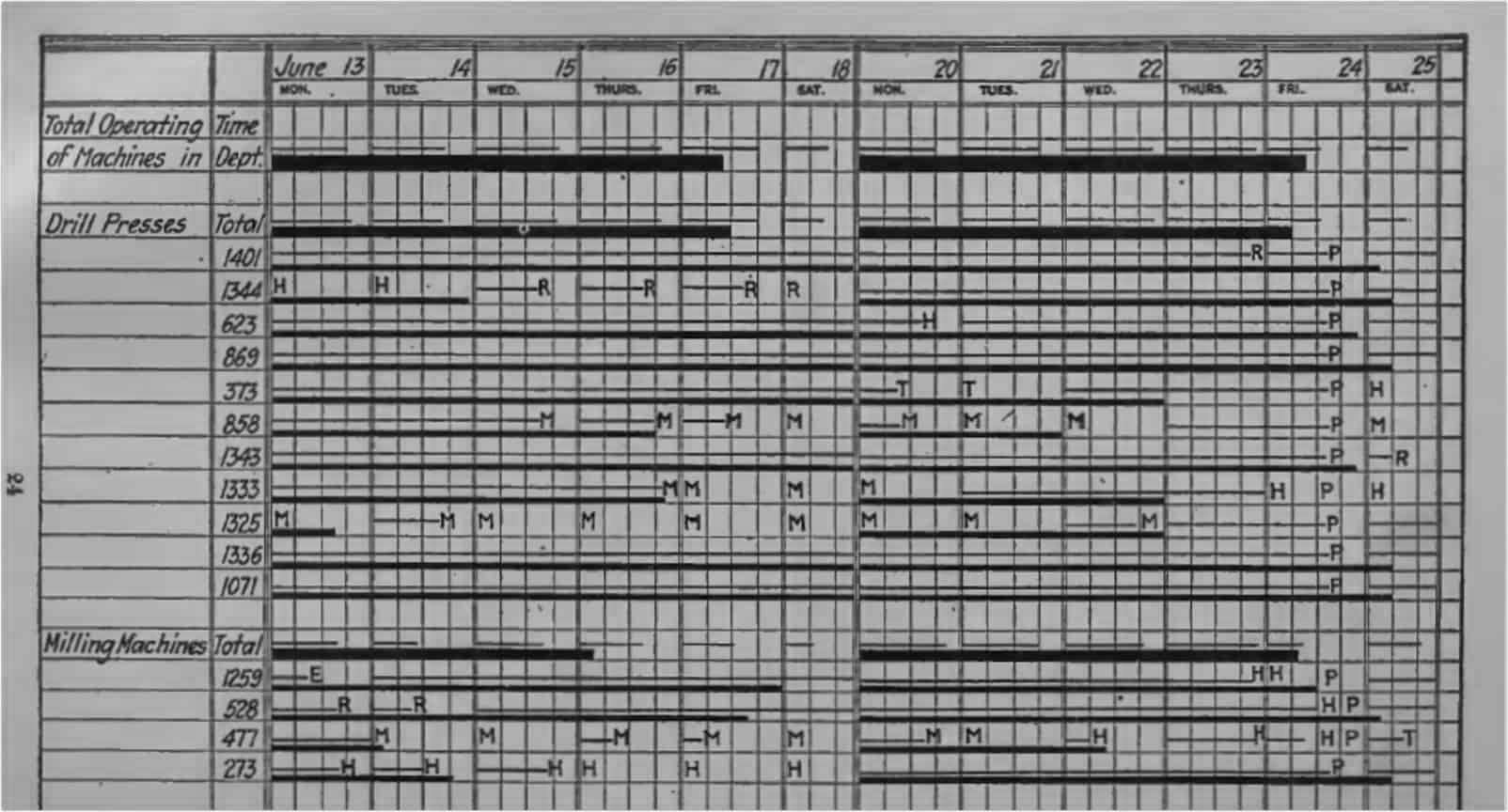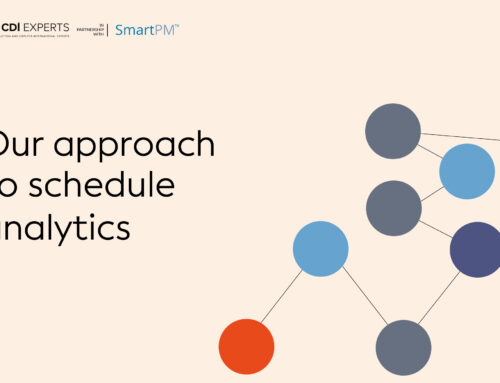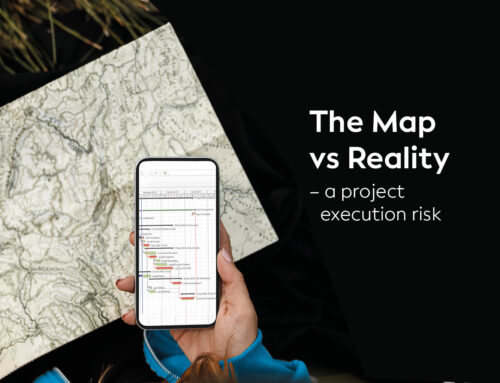Written by
Anthony Caletka
Published
29 March 2023
In this article, the principles of construction planning and programming are explained with a review of the merits of the main planning techniques currently in use in the industry. All but the smallest of projects require systematic planning, particularly due to the nature of construction projects. These are often one-off productions, on a site where few if any production facilities exist, with an array of trade contractors marshalled together and to be coordinated with material, plant and service providers. Each project effectively brings the factory to the job and each is different: from the location, to the design, to the participants. Each project requires customised, systematic coordination to avoid delays and cost overruns.
Planning as a systematic function is a principle cornerstone of effective construction management. In the past, construction planning was something of a Cinderella activity, not entirely recognised as an important discipline in its own right. This all changed with the development of economically available personal computing power in the mid-1980s. Prior to this, construction planning was a time-consuming and limited manual process, often most recognisable in the form of bar charts (or Gantt charts) posted like wallpaper in site conference rooms. Due to the effort required to edit, update or re-plan the works manually, these often remained posted, yellowed and faded, without an updated programme or as-built record of progress in sight. It is difficult to envisage a project involving design, engineering, procurement and/or construction which would not benefit from some form of critical path method (CPM) programming or scheduling. While few relatively simple projects may still be planned and managed intuitively, the rest require systematic planning and control. Construction planning and programming have come to the foreground of project management and control systems. In some organisations, construction planning effort is treated on par with the financial elements of the project control cycle (PCC). Historically, planning was considered to be primarily a supporting activity, usually most relevant in the tender phase of a project. Little attention was paid to the project planner (if there was a dedicated planner), and the programmes, updated or not, were referred to very little (if at all) during the remaining life cycle of a project.

An example Gantt chart from the 1920’s
It is widely accepted among design and construction professionals that critical path analysis is the most appropriate tool for the management of complex construction projects and is at the heart of any functional project control system. The most commonly used planning technique based on critical path analysis principles is the CPM. Many derivatives of the CPM approach have been developed, and it is still an evolving standard with some advances made in software and management theories, such as the application of the theory of constraints (TOCs), the critical chain method (CCM), the use of probabilistic and conditional branching, the enhanced precedence diagramming method (EPDM) and Last Planner programming techniques. All of these derivative applications have their foundation in the basic principles of CPM which were developed some 50 years ago.
This article describes the tools required to enable a project to be successfully planned, programmed and controlled using CPM philosophies. These are tried and tested methods that have worked for the past 50 years and are today essentially unchanged from the earliest applications. The advancement in the development of computer hardware and processing speeds, together with the availability of low-cost, easy, user-friendly software, have encouraged the widespread adoption of CPM-based project control systems. These systems track and correlate cost and resource information with the planned and actual progress of work. Control systems and critical path programming, when developed hand in hand, assist project executives decide what progress information is important to decision making during the course of a project. Where required, they also assist courts in allocating damages to parties involved in construction-related litigation.
Other forms of planning are also reviewed, from the traditional and still widely used bar chart to the more specialist applications such as line of balance charts and mass haul diagrams. The PCC entails the entire effort involved in creating, monitoring and managing change to both the cost and time elements of a project. The main functions which make up the PCC include planning, programming and control, as follows:
- Planning: defining project; determining scope; setting overall duration, budget and contingencies; identifying risks and overall project goals.
- Project Programming or Scheduling: identifying individual tasks; assigning resources and budgets to each; creating a baseline which determines the earliest and latest allowable start and finish times for each activity, the available float to each activity and the critical path through the project.
- Project Control: updating project programme; monitoring progress against the baseline for both cost and schedule performance; measuring and managing the effects of progress, delays or changes (re-assigning resources and re-scheduling tasks as required to maintain progress).

The nuances between the terms ‘planning’, ‘programming’ and ‘controlling’ a project are clear once the process of project management and the stages of a project’s life cycle are clearly defined. Project management is not simply the process of managing a project on site but much more. In a code of practice produced by the Chartered Institute of Building, the project management function is defined as:
‘the overall planning, coordination and control of a project from inception to completion aimed at meeting a Client’s requirements in order to produce a functionally and financially viable project that will be completed on time within authorised cost and to the required quality standards’.
Project managers require a skill set gained through education, training, experience and, where relevant, professional certification. In addition, a maturity of expertise is required to lead a team by guidance, mentoring and, most of all, by example. These skills ensure that a rational, systematic process of decision making is established to achieve the delivery of a defined project on time, within budget and to the specification or defined use intended. Each stage of a project requires the commitment and dedication of the professional team as all parties are essential to the successful outcome of a construction project. The tasks described as ‘planning’, ‘programming’ and ‘control’ should not be confused with the traditional project life-cycle stages, as follows:
- Concept
- Feasibility
- Realisation
- Operation
- Termination
The task of planning a project takes place during the conception and feasibility phases, while programming and control are undertaken during the realisation phase. Realisation typically includes several individual phases, including design, procurement, construction, commissioning and handover. Factors for a successful project usually include an effective and well-coordinated effort during the concept and feasibility phases which in turn result in realistic estimates, contingencies and time scales for completing all of the aforementioned phases. Likewise, projects that fail can often be linked to a failure to understand potential risks during the concept and feasibility phases, when the contractor is creating its baseline estimates and programmes.

Elements of a successful project
Simply put, for a project to be capable of being managed, it must have a beginning, middle and an end. If there are no clearly defined aspirations, along with a clear definition of the project and completion criteria, uncertainty will prevail and the likelihood of arriving at an intended completion date on time will be reduced. For a project to be capable of being planned, programmed and controlled, it must have the following elements:
- A clear definition of project
- An appropriate staff level and experience
- A pre-estimate of cost and time
- Identified risk contingencies (cost and time)
- Each phase broken into manageable tasks
- A formal change procedure established
- Clear completion criteria agreed.
It is essential that all these elements are addressed prior to, or during, the planning stage.
In summary
Principles of planning and programming are at the forefront of effective construction management. With the development of technology, tools such as critical path analysis have become essential for managing complex construction projects. Using CPM, enables systematic coordination to avoid delays and cost overruns. The success of a construction project depends on the commitment and dedication of the professional team at each stage, and the tasks of planning, programming, and control should be given equal importance as the financial elements of project control cycle. Effective planning, programming, and control provide project executives with critical information to make informed decisions during the course of a project, and assist courts in allocating damages to parties involved in construction-related litigation.
References:
Keane, P. J., & Caletka, A. F. (2015). Delay analysis in construction contracts. Wiley Blackwell.
Code of Practice for Project Management for Construction and Development, 2nd Edition (ISBN 0-582-27680-2).
Follow us for more!
Get the expert edge
Please add your details below and we’ll be in touch as quickly as possible





